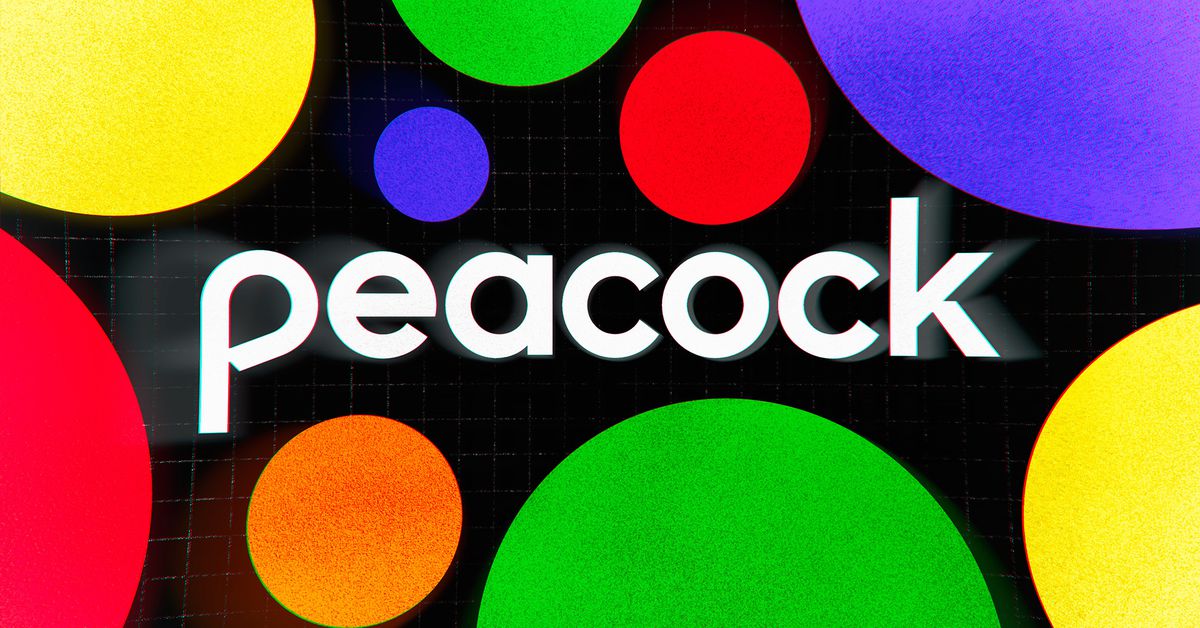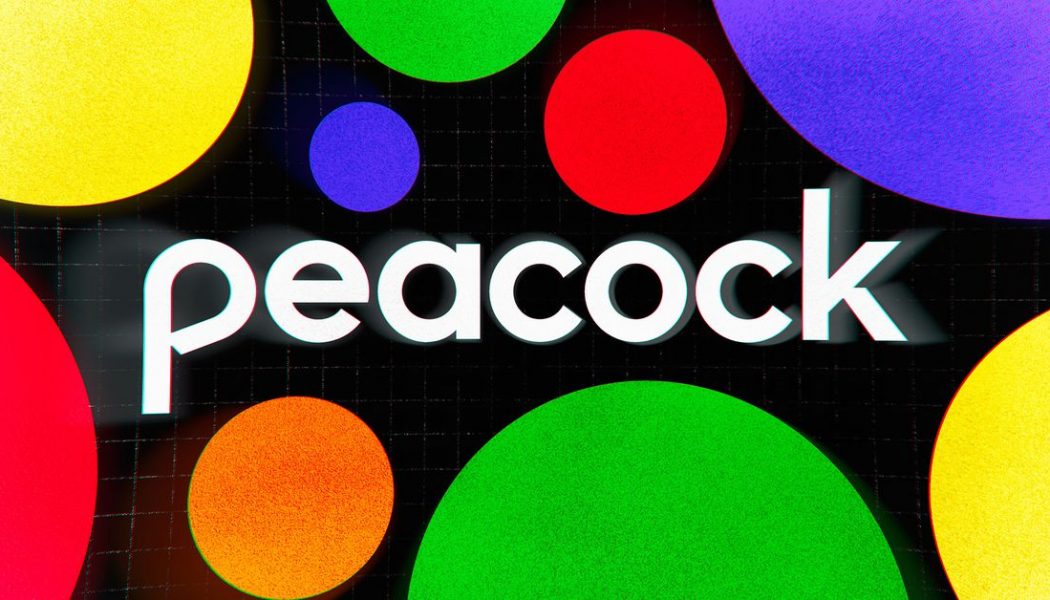
If a streaming service launches, but it’s not available on Roku or Fire TV, does it really launch at all?
Technically, yes — but not for a large percentage of the United States streaming market that uses Roku and Amazon Fire TV products to stream their entertainment. Backroom negotiations between media conglomerates and tech giants have kept some of the biggest streaming services from landing on these platforms. WarnerMedia’s HBO Max is still missing both Roku and Fire TV apps, and this week, NBCUniversal’s Peacock launched without them as well.
This means tens of millions of people are likely left confused about why they can’t stream these services on their core devices in their living room. It’s also a massive number of people that companies like NBCUniversal and WarnerMedia can’t reach. If early growth and scaling are instrumental to new service succeeding, not being on Roku or Amazon is more than just a little sting.
“Yes, the streaming service launched, but is it going to be as successful without being there? No way,” Rich Greenfield, a senior media analyst and partner at LightShed Partners, told The Verge. “The question to me is whether there’s content coming that’s so important that it will drive people to switch devices if they don’t have access to those apps on a certain device.”
Peacock and HBO Max are available on a variety of other smart devices, like smart TVs, PlayStation and Xbox consoles, Chromecast sticks, and Apple TV set-top boxes, Greenfield notes. But that doesn’t take away from Roku and Amazon’s collective power.
Roku commands 44 percent of viewing time in the United States, according to research released earlier this year by Conviva, and Amazon Fire TV maintains about 19 percent of viewing time. Roku and Amazon both claim to have close to or more than 40 million customers using their devices. They’re only getting bigger.
The roadblock, like so many debates in the tech and media space, comes down to money and data. Essentially, both NBCUniversal (owned by Comcast) and WarnerMedia (owned by AT&T) want more control over user data and advertising generated by their apps. That requires either not going the traditional deal path with a company like Amazon or fighting over advertising shares with Roku.
In Roku’s case, the holdup comes down to two revenue portals: the cut that Roku takes from signups and something referred to as ad inventory. The first one is simple enough. Roku reportedly takes 20 percent of signup fees; Apple does a similar thing, taking 30 percent of signup fees from developers in the App Store. The second one, ad inventory, means that Roku takes a percentage of ads that comes through the app. On Roku’s website, the company states that a channel controls 70 percent of its ad inventory, with Roku controlling 30 percent.
For a more niche app, the ad inventory cut might be worth the payoff of being available on Roku and having access to its nearly 40 million customers. That’s not the case with major players like NBCUniversal and WarnerMedia, though. NBCUniversal’s team doesn’t want to give up such a substantial cut of ads, with negotiations “centered around a number closer to 15 percent,” according to CNBC. NBCUniversal is also “hesitant about connecting Peacock with third-party ad tech software it can’t control,” according to CNBC, which is an equally big deal. NBCUniversal built an entirely new form of advertising tech explicitly for Peacock. This helps the company track user data, sell more hyper-targeted ads, and increase overall revenue.
What ends up developing is a stalemate. These are common in carriage deals — fights between cable providers and networks that can lead to “blackout” periods where content doesn’t air while negotiations are ongoing. For a long time, the networks had the upper hand, but in the new streaming world, the largest aggregators have an advantage. Yes, they want HBO Max and Peacock on their platforms; not having them can push consumers to other devices. But executives know that, for the content providers, not being on Roku is a growth inhibitor.
“We’re an essential partner for any streaming service trying to build an audience in the United States,” Roku CEO Anthony Wood said during an earnings call in February.
Then there’s Amazon. People can stream everything from Netflix and Disney Plus to CBS All Access and Showtime via Amazon Fire TV. Some apps, like CBS All Access and Starz, are also available through Amazon Channels, which lets you subscribe through Amazon and then stream on Fire TV and other devices. But services like Disney Plus completely bypass Amazon Channels. So while it’s available to stream, it’s a completely separate app that isn’t part of Amazon’s bigger Channels ecosystem.
Why does that matter? Channels is a lucrative business for Amazon, and it also gives Amazon more control over the streaming experience and valuable customer data that can then be used for hyper-targeted recommendations and ads. Amazon is also believed to take anywhere from 15 to 45 percent of the subscription fee, according to Variety. Amazon wants to have streaming services like HBO Max and Peacock on Fire TV devices, but it reportedly wants them within Channels.
WarnerMedia and NBCUniversal don’t want to be part of the Amazon Channels ecosystem and give up a cut of their subscription fees, but they do want to be on Fire TV devices. Now, they’re in the process of trying to create more favorable deals. One example of what it could look like is what WarnerMedia was able to do with Apple. Prior to HBO Max’s launch, WarnerMedia and Apple struck a new deal that removed HBO from Apple TV Channels and launched HBO Max as its own app. Compromises were made. Apple lost access to HBO in its Channels section and some of that data, but it was able to offer HBO Max; WarnerMedia could offer HBO Max to Apple customers while maintaining control over the streaming experience and access to user data.
Disney Plus is the only streamer so far that’s been allowed to bypass Amazon’s Channels ecosystem and still stream on Amazon Fire TV devices. Right before Disney Plus’ launch in November, Disney and Amazon came to the kind of agreement that NBCUniversal and WarnerMedia seem to be looking for: Disney Plus could stream on all Amazon Fire TV devices but retain the luxury of not being a part of the Channels ecosystem. Disney would benefit from the additional signups and still ensure they had full control over the viewing experience and user data.
Why HBO Max and Peacock can’t get a similar deal is a question executives seem to be asking. When asked about HBO Max’s placement on platforms like Roku and Amazon, Tony Goncalves, the head of HBO Max, told The Verge in May that “we just want to be treated fairly.”
“Disney Plus and Netflix and Hulu and these other apps are on those platforms,” Goncalves said. “There’s a certain business model that exists. We just want the same one.”
The bottom line is that while media conglomerates like NBCUniversal and WarnerMedia try to negotiate with powerful streaming aggregators like Roku and Amazon, it’s us, the consumers, who miss out. A new streaming service could have the next great piece of entertainment. But if people can’t access it, does any of it matter?
“Everyone likes to talk about the streaming wars being Disney versus Netflix,” Greenfield said. “But the reality is there’s 100 channels on cable television that have flourished and been successful. If you’re not on these devices, it’s a problem.”










